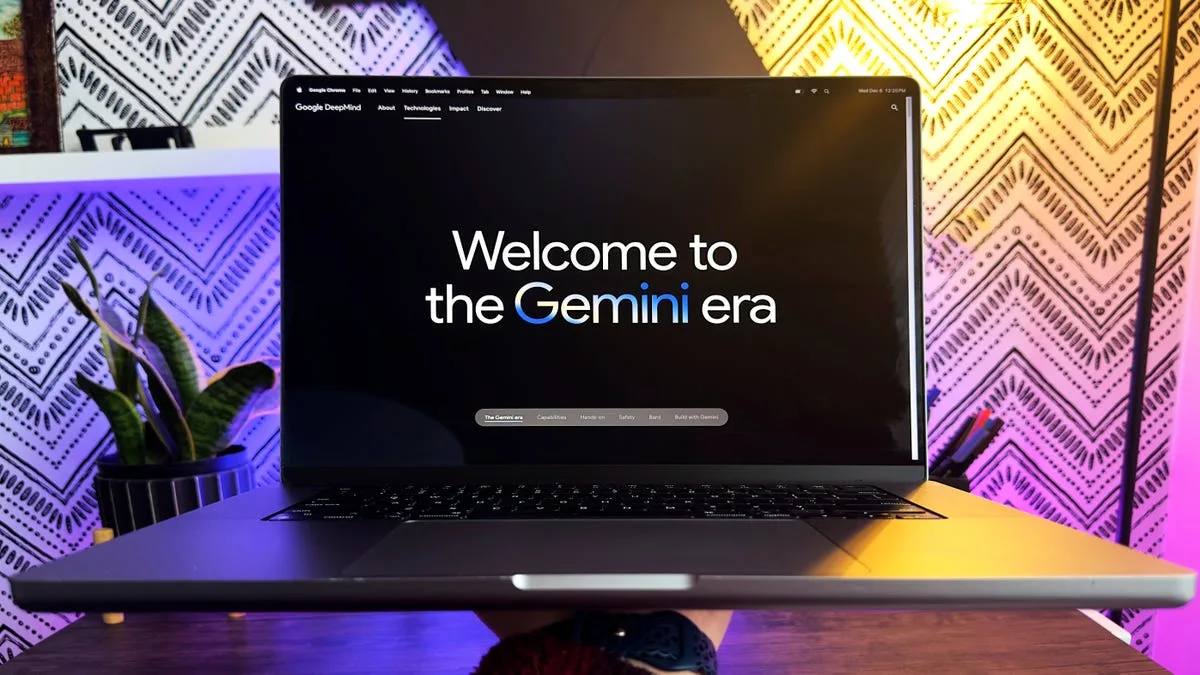The Future of Robotics: Samsung’s Ballie and Google’s Gemini AI
The fusion of artificial intelligence and robotics has been a hot topic in the tech world for years. Samsung’s newly announced Ballie, integrating Google’s Gemini AI, is another key player in this growing space. Despite the excitement, one fundamental question looms: What does real intelligence contribute to a robot that still lacks certain physical capabilities?
The Illusion of Smart Robots
Watching clips of robots, such as a dog wired with ChatGPT, can be both fascinating and perplexing. While these machines can answer queries with remarkable fluency, they often fall short in executing basic tasks like opening doors or picking up objects. In such cases, the intelligence appears to exist solely in its conversational cues rather than its physical actions.
What’s New with Ballie and Gemini?
When Samsung announced that its Ballie robot would be powered by Gemini AI, I was immediately intrigued yet skeptical. Would this partnership offer valuable enhancements, or would it just be another flashy gimmick? Gemini is known for understanding language and visual inputs alongside performing complex reasoning tasks. Ballie, on the other hand, is designed to be a mobile household companion, equipped with an array of cameras, sensors, and capable of navigating your home seamlessly.
Setting Realistic Expectations
Samsung and Google have touted that Ballie equipped with Gemini could suggest activities to boost your mood or provide outfit advice through its cameras. Still, one must wonder: Are these capabilities genuine enhancements, or simply repackaged features of Ballie’s existing technology?
Ballie can already adjust smart home devices and project images and light displays, so does it require Gemini for these functionalities? While it’s true that Gemini can suggest outfit choices or organize daily tasks, does being integrated into a rolling robot really enhance these traits effectively?
Can AI Enhance Practical Use?
The real question remains: Does embedding Gemini AI into Ballie actually make it more useful? Could you achieve the same outcomes by simply running Gemini on a tablet and attaching it to a skateboard? Certainly, Gemini could offer superior language comprehension and smarter suggestions, but does that necessitate a robot’s physical presence?
Ballie’s Hardware: A High-Tech Promise
Ballie is an impressive gadget. With its dual projectors, depth sensors, LiDAR, multiple microphones, and high-resolution cameras, it claims to handle various tasks. It can track your movements, head back to its charging station, and even record or stream content. However, these features are inherently tied to the machine’s hardware and not to the intelligence that Gemini may provide.
Intelligence Without Capability
Perhaps one of the most significant barriers in AI-robot integration is the limit of hardware capabilities. While AI can enhance a chatbot’s conversational skills or even mimic a user’s writing style, these improvements can hit a limit in robotics. If Ballie can’t perform additional tasks simply because it has Gemini, then it merely becomes a more articulate version of itself.
A New Dimension of Interaction?
Gemini might enrich the overall experience of interacting with Ballie. For instance, envision discussing your agenda with Ballie and having it project a visual calendar on your walls. Such features undoubtedly appear appealing, yet it’s crucial to consider their real-world applications. How will the robot serve a physical role in this interaction?
The Thrill of Movement
People remain captivated by videos showcasing robots completing complex physical tasks such as climbing stairs or folding laundry. The excitement stems from movement that manipulates the surrounding environment, a feat still not commonplace even in our modern age of technology. Even with advanced AI, if a robot lacks robust physical capabilities, the excitement can often feel misplaced.
The Critical Leap for Samsung
Samsung’s advancements towards creating robots that can communicate in a more human and conversationally responsive way spells progress. However, the value of this leap hinges on whether Ballie can deliver functionalities that go beyond what a standard screen can provide.
DIY Approach to AI Integration
Absent substantial physical enhancements linked to Gemini, tech enthusiasts might conclude they could just run an AI system on a tablet and attach it to any basic mobile device—like a Roomba—and achieve the same outcomes. This DIY approach raises critical questions about the necessity of integrating advanced AI features into physical robotics unless they bring something new to the table.
Practical Implications of AI-Robotics Synergy
The collaboration between Samsung and Google is not devoid of potential. By combining the nuanced intelligence of Gemini with Ballie’s capabilities, we may see new forms of interaction that simplify tasks, offer enhanced companionship, and lead to improvements in daily life. However, technology enthusiasts and consumers alike will be watching closely to discern whether this integration genuinely enhances usability.
A New Horizon for AI in Robotics
As we venture further into an era defined by AI and robotics, the question pulls sharply into focus: What does true intelligence bring to a world wherein robots often stumble over basic tasks? This remains a defining line in the ongoing development efforts.
Concluding Thoughts
In conclusion, while the merger between Samsung’s Ballie and Google’s Gemini AI sparks excitement in the realm of home robotics, its true value will depend on real, tangible benefits for users. The conversation about AI and robotics is evolving, but if these systems fail to translate intelligence into actionable capabilities, they may ultimately fall short of expectations. As we await further advancements, watching how technology continues to evolve will be crucial in shaping the future of our daily lives.







